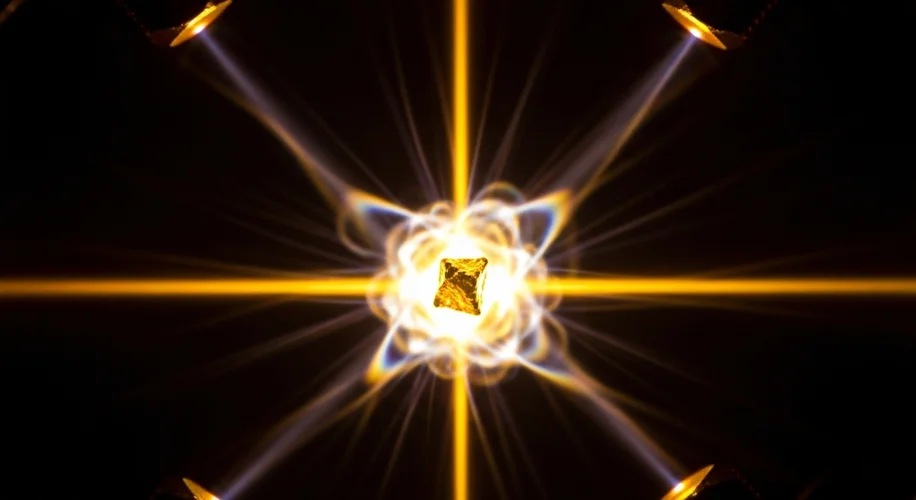You know, it’s incredible what we’re learning about the materials around us. We often think of gold as this beautiful, shiny element that’s valuable and, well, pretty stable. But did you know it can withstand temperatures far hotter than the surface of our very own Sun?
That’s right! Scientists have managed to heat gold to temperatures that would make our star look like a lukewarm campfire, and it just doesn’t melt.
How is this possible?
It all comes down to how we define “hot” and the incredible conditions we can create in labs. While the Sun’s surface is around 9,940°F (5,500°C), scientists have used powerful lasers to superheat gold to millions of degrees Fahrenheit (millions of degrees Celsius).
At these extreme temperatures, gold doesn’t behave like you might expect. Instead of melting into a liquid, it enters a state called a “plasma.” You can think of plasma as a superheated, ionized gas where electrons have been stripped away from the atoms. It’s one of the fundamental states of matter, along with solid, liquid, and gas.
Why is this significant?
Understanding how materials like gold behave under such extreme conditions is super important for a few reasons. It helps us:
- Test our understanding of physics: These experiments push the boundaries of what we know about how matter works under intense energy.
- Develop new technologies: Insights from these studies can lead to advancements in fields like fusion energy, materials science, and even astrophysics.
- Explore cosmic phenomena: We can use this knowledge to better understand extreme events in space, like the hearts of stars or supernova explosions.
It’s a constant reminder that the universe, and the elements within it, hold so many fascinating secrets. Even something as familiar as gold can surprise us when we push the limits of science!
Isn’t science amazing?

